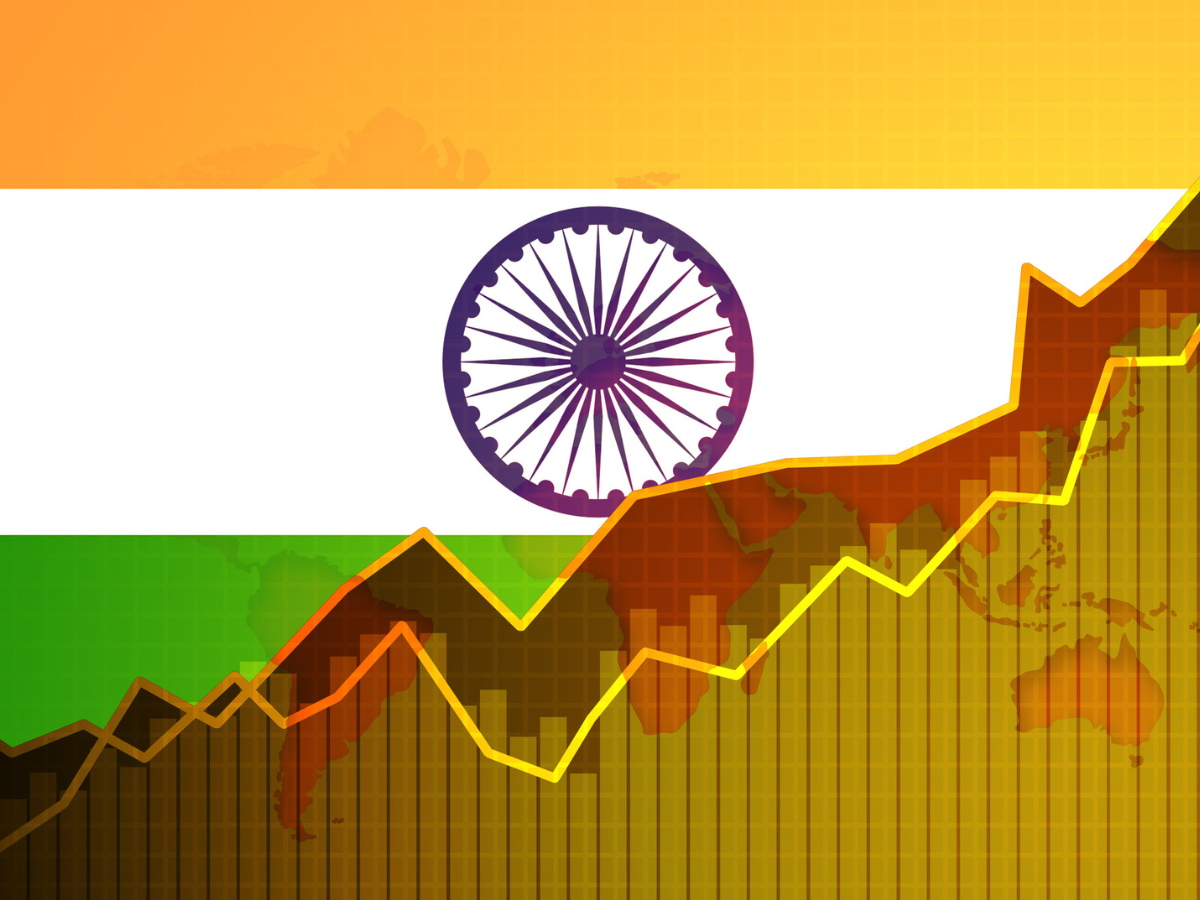
A narrower-than-expected trade deficit and higher services exports in January have prompted economists to scale down the current account deficit (CAD) estimates for FY24.
Capital inflows through both foreign direct investment (FDI) and portfolio flows are expected to improve during the rest of the fiscal. But potentially higher foreign exchange inflows may not mean a stronger rupee as the central bank could take this opportunity to shore up its reserves.
India’s merchandise trade deficit narrowed to a nine-month low of USD 17.5 billion in January, compared with USD 19.8 billion in December. Services surplus surged to USD 16.8 billion in January versus a USD 16 billion surplus in December.
The trade deficit in the April-January period of the current fiscal is lower at USD 206 billion compared to a deficit of USD 229 billion in the same period last year. Net services exports during the period stand at USD 138 billion compared to USD 117 billion in the same period in FY23.
“We are now tracking the current account deficit to be lower than 1% of GDP for 2023-24 given better than expected performance of services and merchandise exports, combined with a lower oil import bill,” HDFC Bank said in a report.
FDI flows have improved in October-November after a net outflow in the September quarter.
“Factoring in the recent trends in trade and capital flows, we revise our FY2024E CAD/GDP to 1.1% from 1.4% earlier, with a lower goods trade deficit of USD 250 billion than USD 259 billion estimated earlier,” said Upasana Bharadwaj, chief economist, Kotak Mahindra Bank.
IDFC First Bank has revised down its estimate of the current account deficit for FY24 to 1.0% of GDP from 1.2% earlier. While QuantEco Research maintains its FY24 current account deficit forecast of 1.3% of GDP (USD 47 billion), it acknowledges a downside risk to this estimate.
Kotak Mahindra Bank pencils in the FY24 estimated capital account inflows at USD 84 billion from USD 69 billion estimated earlier, factoring in higher net FDI inflows of USD 21 billion compared to USD 15 billion estimated earlier and higher banking-capital-related flows.
However, the rupee is unlikely to appreciate significantly with the RBI capping volatility; especially stemming from capital flows.
“The RBI is likely to prevent sharp appreciation moves which could limit rupee gains. On the balance, we see 82.80-83.20 as the near-term range for the rupee,” the HDFC report said.
India’s foreign exchange reserves are at USD 617 billion as of February 9.
“The risk of rising freight and insurance costs and extended transit times (leading to delays) negatively impact exports in the coming months lingers,” Bharadwaj said.

